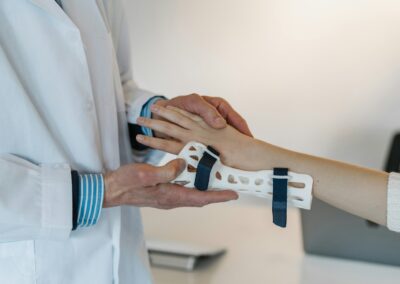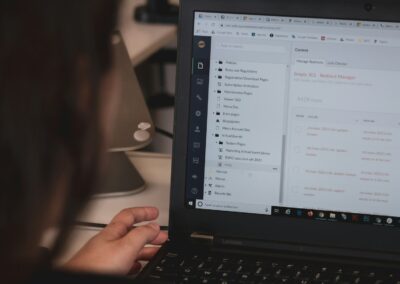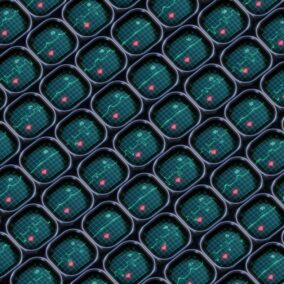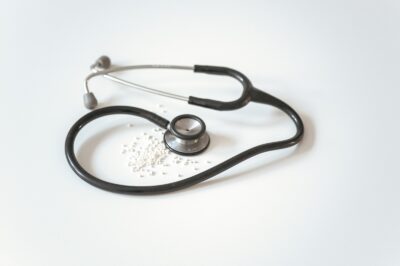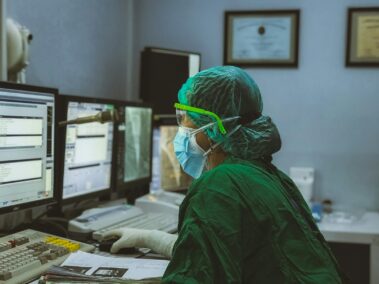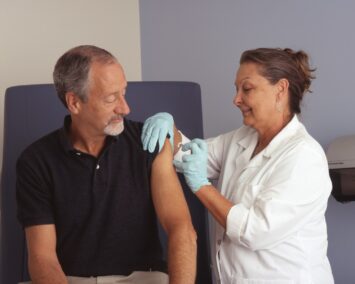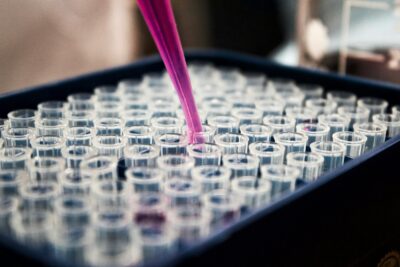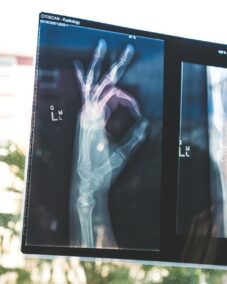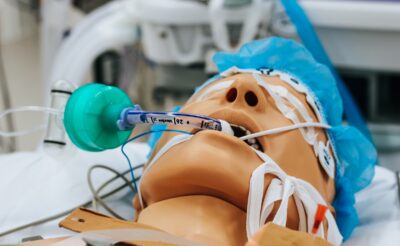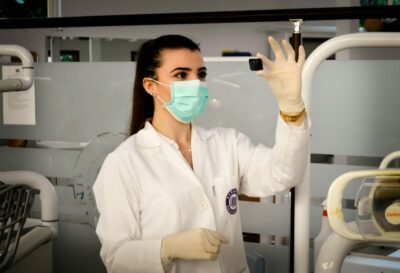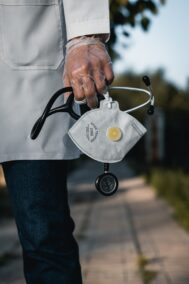Exploring the Advantages of Palm Recognition Technology in Saudi Arabia and UAE
Palm recognition technology is rapidly gaining traction in the healthcare industry, offering a myriad of benefits for both patients and providers in Saudi Arabia and the UAE. As hospitals and medical facilities in Riyadh and Dubai seek to modernize their operations and improve patient experiences, palm recognition emerges as a valuable tool for streamlining processes and enhancing security. By analyzing the unique patterns of veins in an individual’s palm, this innovative technology enables secure and convenient identification, revolutionizing various aspects of healthcare delivery.
Enhancing Patient Identification and Access
One of the key advantages of palm recognition technology in healthcare is its ability to enhance patient identification and access to medical services. Traditional methods of patient identification, such as ID cards or biometric scans, can be cumbersome and prone to errors. In contrast, palm recognition offers a seamless and non-intrusive approach to verifying patient identities, reducing administrative burdens and minimizing wait times. With palm recognition systems in place, patients can quickly and securely access their medical records, schedule appointments, and check-in for appointments, improving overall efficiency and satisfaction.
Improving Medication Management and Safety
In addition to patient identification, palm recognition technology plays a crucial role in improving medication management and safety within healthcare facilities. Medication errors are a significant concern in the healthcare industry, leading to adverse outcomes for patients and increased costs for providers. Palm recognition systems can help mitigate these risks by ensuring that medications are administered to the correct patient at the correct dosage and time. By linking palm vein patterns to patient profiles and medication orders, healthcare providers can implement automated verification processes that reduce the likelihood of errors and enhance patient safety. Furthermore, palm recognition technology can track medication administration in real-time, providing valuable data for quality improvement initiatives and regulatory compliance.
Streamlining Administrative Processes
Beyond patient care, palm recognition technology offers opportunities for streamlining administrative processes and enhancing operational efficiency in healthcare settings. Tasks such as patient registration, billing, and inventory management can be labor-intensive and prone to errors when performed manually. With palm recognition systems, healthcare facilities can automate these processes, reducing paperwork and freeing up staff time for more meaningful patient interactions. Additionally, palm recognition technology can enhance security measures by restricting access to sensitive areas of the facility and ensuring that only authorized personnel can access patient information. By integrating palm recognition into their operations, healthcare providers in Saudi Arabia and the UAE can optimize workflows, improve resource allocation, and deliver higher-quality care to their patients.
Enhancing Data Security and Privacy
With the increasing digitization of healthcare records and the growing threat of cybersecurity breaches, ensuring data security and privacy is a top priority for healthcare providers in Saudi Arabia and the UAE. Palm recognition technology offers a secure authentication method that reduces the risk of unauthorized access to sensitive patient information. Unlike passwords or ID cards, which can be lost, stolen, or shared, palm vein patterns are unique to each individual, making them highly secure identifiers. Additionally, palm recognition systems employ advanced encryption techniques to protect patient data, ensuring compliance with stringent data protection regulations such as the Health Insurance Portability and Accountability Act (HIPAA). By implementing palm recognition technology, healthcare organizations can safeguard patient confidentiality and uphold their commitment to ethical and responsible data management.
Fostering Patient Trust and Confidence
The adoption of palm recognition technology in healthcare demonstrates a commitment to innovation and excellence in patient care, fostering trust and confidence among patients and their families. When patients see healthcare providers investing in advanced technologies to improve their experiences and ensure their safety, they are more likely to feel valued and respected. Palm recognition systems create a seamless and welcoming environment for patients, minimizing administrative hassles and enabling healthcare providers to focus on delivering compassionate and personalized care. As patients become increasingly discerning in their healthcare choices, organizations that prioritize patient-centric technologies like palm recognition stand out as leaders in the industry, attracting new patients and retaining existing ones.
#PalmRecognition #HealthcareTechnology #PatientCare #SaudiArabia #UAE #Riyadh #Dubai


